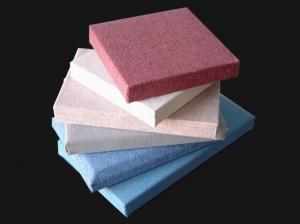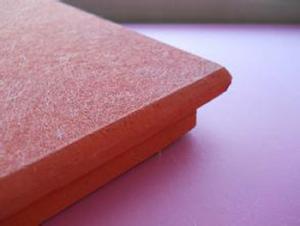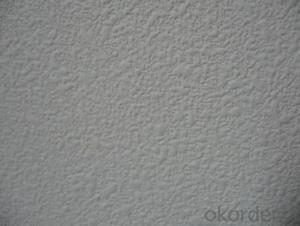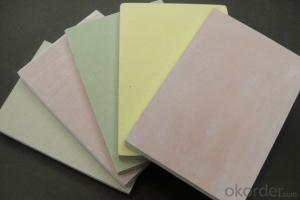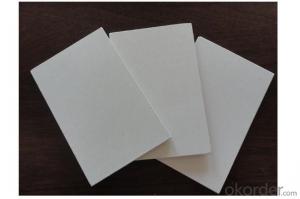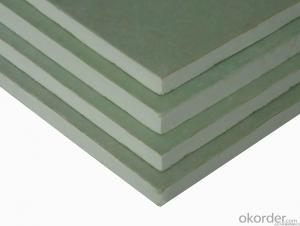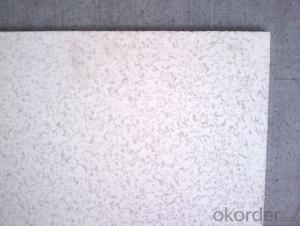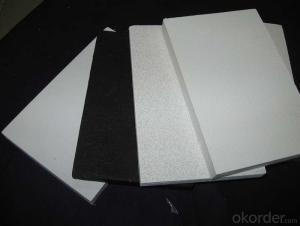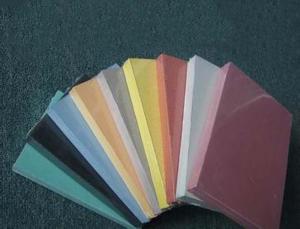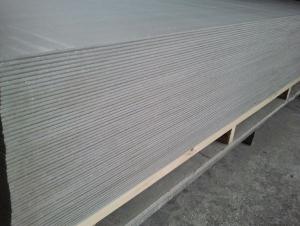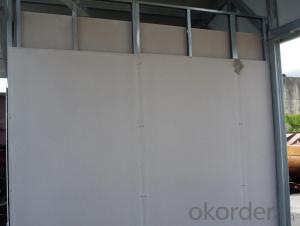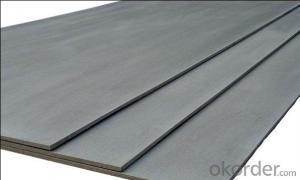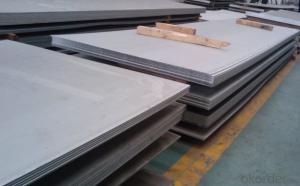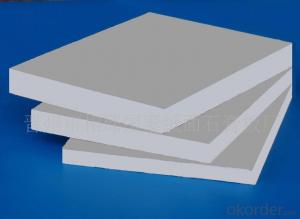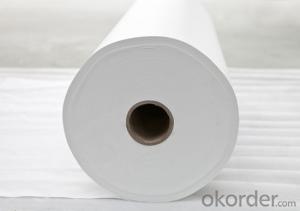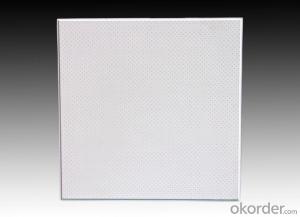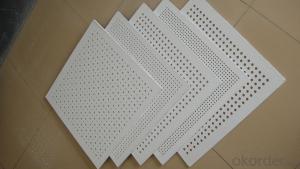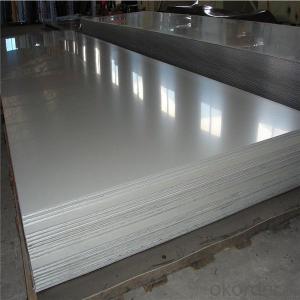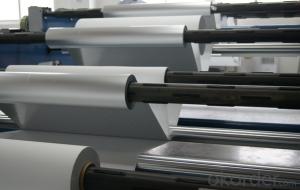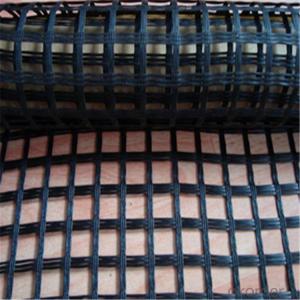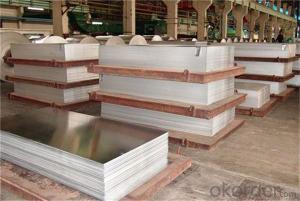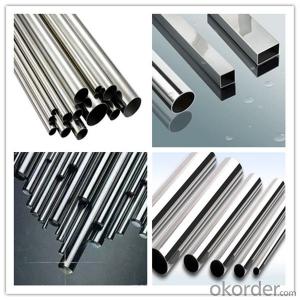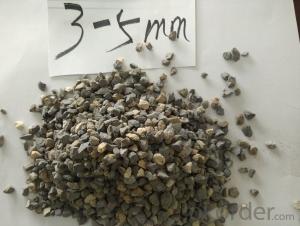Fiberglass Price Per Kg
Fiberglass Price Per Kg Related Searches
Led Light Bulbs For Ceiling Fixtures Decorative Ceiling Plate For Light Fixture Ceiling Plate For Hanging Light Fiberglass Sheets For Roofing Track Lights For Kitchen Ceiling Lights For Kitchen Ceiling Lights For Fall Ceiling Spotlight For Ceiling 5 Blade Ceiling Fan With Light 12X12 Ceiling Tiles With HolesHot Searches
Fiberglass Scaffolding For Sale Plastic Roof Tiles For Sale Fiberglass Panels For Sale Fiberglass Greenhouses For Sale Cost Of Concrete Tile Roof Roof Insulation Price Artificial Slate Roof Tiles Price Ceiling Fan Lowest Price Tesla Solar Roof Inverter Types Of Flat Roof Coverings Stone Wall Tiles Cost Company Office Design Ceramic Roof Tiles Cost Metal Roof Tiles Prices Cement Roof Tile Manufacturers Clay Roof Tile Manufacturers Synthetic Roof Tiles Cost Roof Clay Tiles Prices Interlocking Roof Tiles Prices 30 Year Roof Shingles PricesFiberglass Price Per Kg Supplier & Manufacturer from China
Okorder.com is a professional Fiberglass Price Per Kg supplier & manufacturer, offers integrated one-stop services including real-time quoting and online cargo tracking. We are funded by CNBM Group, a Fortune 500 enterprise and the largest Fiberglass Price Per Kg firm in China.Hot Products
FAQ
- The fire resistance rating of stainless steel sheets varies depending on their thickness and grade, but generally, stainless steel exhibits good fire resistance properties due to its high melting point and low thermal conductivity.
- Advantages and disadvantages of stainless steel
- Stainless steel is the main advantage of corrosion resistance or high temperature, general acid resistant medium, as well as heat resistance, high temperature oxidation (heat resistant skin) of high temperature stainless steel.
- Stainless steel plate more than the thickness of the wire can not be drawn ah?
- Cold can be the basic drawing, cold always have 6, but can also be hot drawing due to the surface, the surface of the hot rolling drawing look is not obvious, many processing plants also willing to help you fill wire drawing, hot rolled board should be relatively large, artificial lift, so drawing up a lot of trouble....12 thick thought it should be no problem
- Stainless steel sheets come in various finishes, each with its own distinct appearance and level of protection. Some commonly used finishes include: 1. No. 1 Finish: This finish is achieved by hot rolling the stainless steel sheet, resulting in a dull and rough surface that lacks reflection. It is commonly utilized in industrial settings where appearance is not the primary concern. 2. No. 2B Finish: By cold rolling the stainless steel sheet and subsequently annealing it in a controlled atmosphere, a smooth and reflective surface is obtained. This finish is widely favored in applications that require an aesthetically pleasing appearance, such as kitchen appliances and decorative trim. 3. No. 4 Finish: Also known as brushed or satin finish, this technique involves applying a series of abrasive grits to the surface of the stainless steel sheet. It creates a uniform, linear grain pattern that is often used for architectural and decorative purposes. 4. No. 8 Finish: This highly reflective finish is achieved by polishing the stainless steel sheet to a mirror-like appearance. It is commonly employed in applications that demand a sleek and sophisticated look, such as high-end architectural projects and automotive trim. 5. BA (Bright Annealed) Finish: This finish is accomplished by annealing the stainless steel sheet in a controlled atmosphere, followed by pickling or blasting to remove any oxide scale. It results in a smooth and bright surface, making it suitable for applications that require optimum corrosion resistance, such as medical equipment and pharmaceutical processing. 6. Hairline Finish: By mechanically brushing the surface of the stainless steel sheet with fine abrasive belts, a subtle and textured look is achieved. This finish can be utilized for architectural and decorative purposes. 7. Embossed Finish: This finish entails imprinting a raised or recessed pattern onto the surface of the stainless steel sheet using a rolling mill or press. It adds texture and visual interest to the sheet and is commonly employed in applications like elevator interiors, wall cladding, and signage. These are just a few examples of the numerous finishes available for stainless steel sheets, each offering its own unique aesthetic and functional properties. The selection of the appropriate finish depends on the specific application and desired appearance.
- Stainless steel sheets and stainless steel plates are both commonly used in various industries and have similar properties, but they differ in terms of thickness and application. Stainless steel sheets are generally thinner than stainless steel plates. They are typically less than 6mm thick and are often used for decorative purposes, such as in kitchen appliances, automotive trim, and signage. Stainless steel sheets can also be easily bent or formed into different shapes, making them suitable for projects that require flexibility. On the other hand, stainless steel plates are thicker and more robust than sheets. They are typically more than 6mm thick and are commonly used in heavy-duty applications, such as construction, machinery, and industrial equipment. Stainless steel plates provide greater strength, durability, and resistance to corrosion, making them suitable for withstanding high temperatures, pressure, and mechanical stress. Another difference lies in the manufacturing process. Stainless steel sheets are usually produced by cold rolling or hot rolling, resulting in a smooth and flat surface. Stainless steel plates, on the other hand, are typically produced through hot rolling followed by heat treatment, which enhances their mechanical properties. In summary, while stainless steel sheets and stainless steel plates are both made of the same material, their thickness, application, and manufacturing process set them apart. Sheets are thinner and more flexible, primarily used for decorative purposes. Plates are thicker, stronger, and designed for heavy-duty applications that require greater strength and durability.
- Yes, stainless steel sheets can be used for outdoor furniture. Stainless steel is highly resistant to corrosion and rust, making it a durable and suitable material for outdoor use. It is also easy to clean and maintain, making it an ideal choice for outdoor furniture that is exposed to various weather conditions.
- When milling the stainless steel plate, how can he deform?
- 2. clamping points should be selected so that the workpiece does not vibrate when it is machined3., tools should be selected, choose easy to cut stainless steel cutting tools
- Stainless steel sheets are not typically used as insulation materials. While stainless steel has excellent heat resistance and is commonly used in various applications due to its durability and corrosion resistance, it does not possess good insulation properties. Insulation materials are designed to minimize heat transfer by reducing conduction, convection, and radiation. They typically have low thermal conductivity, which means they are effective in preventing heat transfer. Stainless steel, on the other hand, has high thermal conductivity, meaning it can conduct heat easily. To achieve insulation, it is more common to use materials such as fiberglass, mineral wool, foam boards, or reflective barriers. These materials have lower thermal conductivity and can effectively trap air or create a barrier that restricts the transfer of heat. By comparison, stainless steel sheets would not provide the same level of insulation as these specialized materials. However, stainless steel sheets can still be used in construction or industrial settings for their other properties, such as strength, corrosion resistance, and aesthetic appeal.
